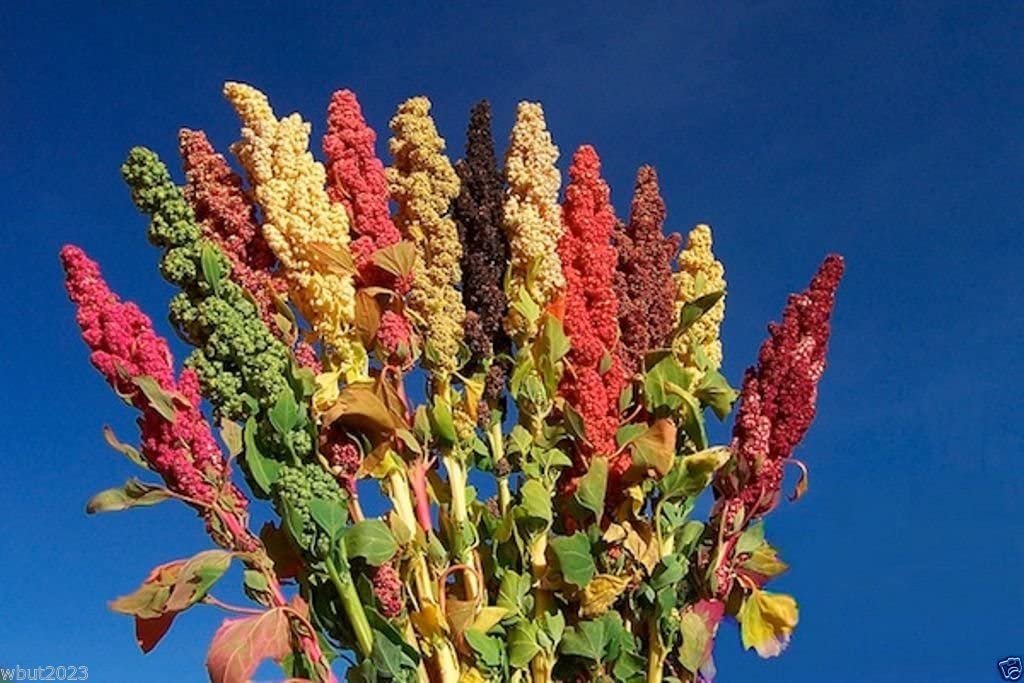Maca, Quinoa, and Kiwicha
We are talking about seriously nutritious food, and it’s a fact that some of the world’s most nutritious food comes from the Peruvian highlands. To explain a little about them first you have to understand where they grow. Here in Cusco, Peru we live at a very high altitude. In fact, there are 35 million people who live higher than 8,000 ft. in the Southern Andes. Cusco city center is at 11,156 ft. above sea level. In the Sacred Valley, where you will also find a small population of foreigners, mainly Europeans, and North Americans, the altitude is lower but it is still around 8,000 ft.

Maca which as a root can be dried and ground into powder
The variances in vegetation while descending in altitude is very noticeable; in the Sacred Valley, you can find fields of corn, potatoes, some vegetables, and orchards with lemons, apples, figs, pears, etc. As you go farther down into the valley, or to say passing Ollantaytambo, you climb a mountain pass past Veronica mountain (19,133 ft above sea level) and then descend into the cloud forest and Santa Maria. This highway, one of the most beautiful drives in the world, (according to National Geographic, not just me, even though I agree) becomes more and more populated by banana, orange, and mango trees, it’s quite beautiful. If you ever get the chance to do this drive, it’s well worth it. In a small village called Santa Teresa, near Santa Maria, there are some pristine hot springs to bathe in alongside the Vilcanota River. The reason I say pristine is that I have walked into “non-pristine baths” here and encountered rather large naked women scrubbing their armpits with steel wool and scooching over for me to sit next to them. Needless to say, I unabashedly declined the offer.
To get back to what I was saying, many people who live in these rural, off the chart areas, live off the land. It is drastically set back in time, many people still plow with oxen, live without electricity, and have to carry water to their house from a distance. I know five-year-old kids whom every Monday hike 3.5 hours to school uphill, and then on Friday hike back to their village, also uphill. Just kidding, about the uphill part. When you live in the cloud forest, or at the altitude of Machu Picchu, your diet consists of fruit, some meat (mostly gallina or hen), and more fruit.

The beautiful Kiwicha plant growing in the Sacred Valley of the Incas
When you live at the altitudes of Cusco or higher, where many live, your selection of homegrown food dwindles. You may find beans, corn, and potatoes, not much else. So you ask yourself, how do these people have a balanced diet? Potatoes are good and all but they aren’t going to sustain a person, especially fried. But here is where it gets interesting, in these altitudes where you may think nothing may grow, grow some of the world’s most powerful and nutritious food.
First of all, there is Maca, a root grown in the Andean highlands. In one of nature’s more classy moves, it grows where most plants won’t, and it packs a nutritional punch that will sustain you from morning ‘til night. When you visit Cusco, you can encounter women selling breakfast that consists of a Maca drink served hot and a piece of bread. It’ll cost you about 50 cents and make you jog through your morning city tour. The demand for Maca has risen in recent years especially when milled into flour.
Another superfood grown here in the highlands of Peru, which you may be familiar with, is quinoa. Quinoa is believed to have been domesticated in the Peruvian Andes from wild populations. It grows at the altitude of Cusco and during harvest season the fields become an array of colors. An interesting fact about quinoa is her seeds have a coating of a bitter-tasting outer shell, making them unpalatable for birds. Intelligent humans have devised a method of extracting this coating, by washing it with water. Most quinoa sold commercially has been processed to remove this coating.

Quinoa has become world famous for its nutritional qualities
People consume quinoa for its nutritional value and it is well known as a superfood. The protein content is very high, it is said quinoa’s protein content per 100 calories is higher than brown rice, potatoes, barley, and millet. Nutritional evaluations of quinoa indicate that it is a source of complete protein. Furthermore, it is a good source of dietary fiber and phosphorus and is high in magnesium and iron. Quinoa is also a source of calcium, I think I can stop here, if you’re not convinced by this point, I give up. Just make sure on your trip down here to the Southern Andes, you sample a little quinoa.
Thirdly, there is a cousin of quinoa called Kiwicha. This grain also is very high in nutritional value and has a high content of essential amino acids. It can be cooked like oatmeal and is excellent with bananas or apples, I speak from experience. Eating any of these superfoods is a pathway to better health, I will warn you though if you have a sweet tooth or are accustomed to processed food and false flavors, you may have a hard time getting them down, nobody ever said eating healthy was easy.
So now that you have a little more knowledge of some of the superfoods native to Peru, the only thing left to do is come down and try them out.


